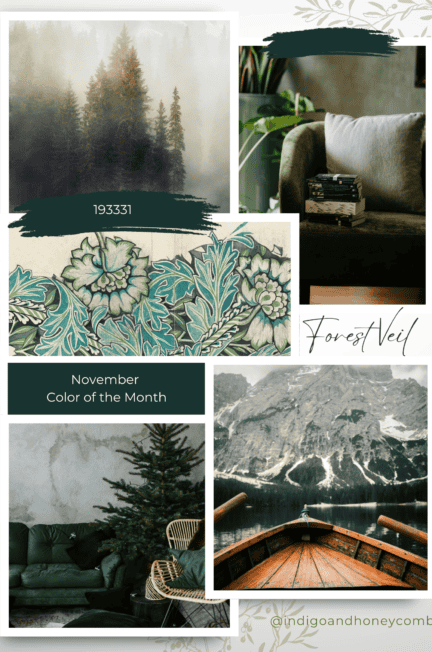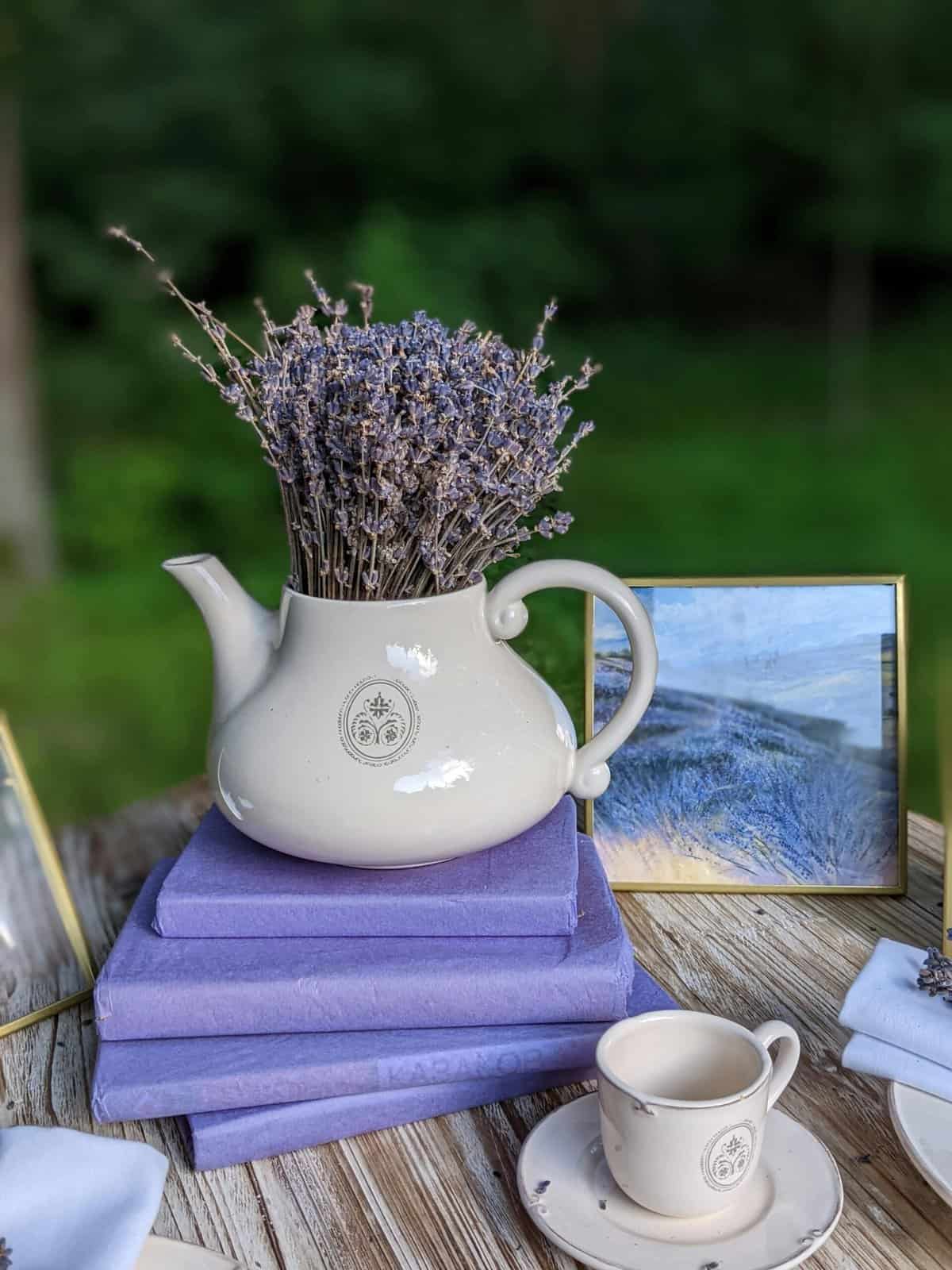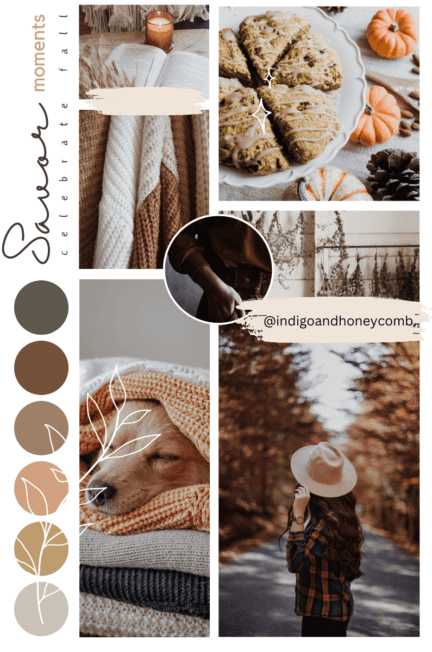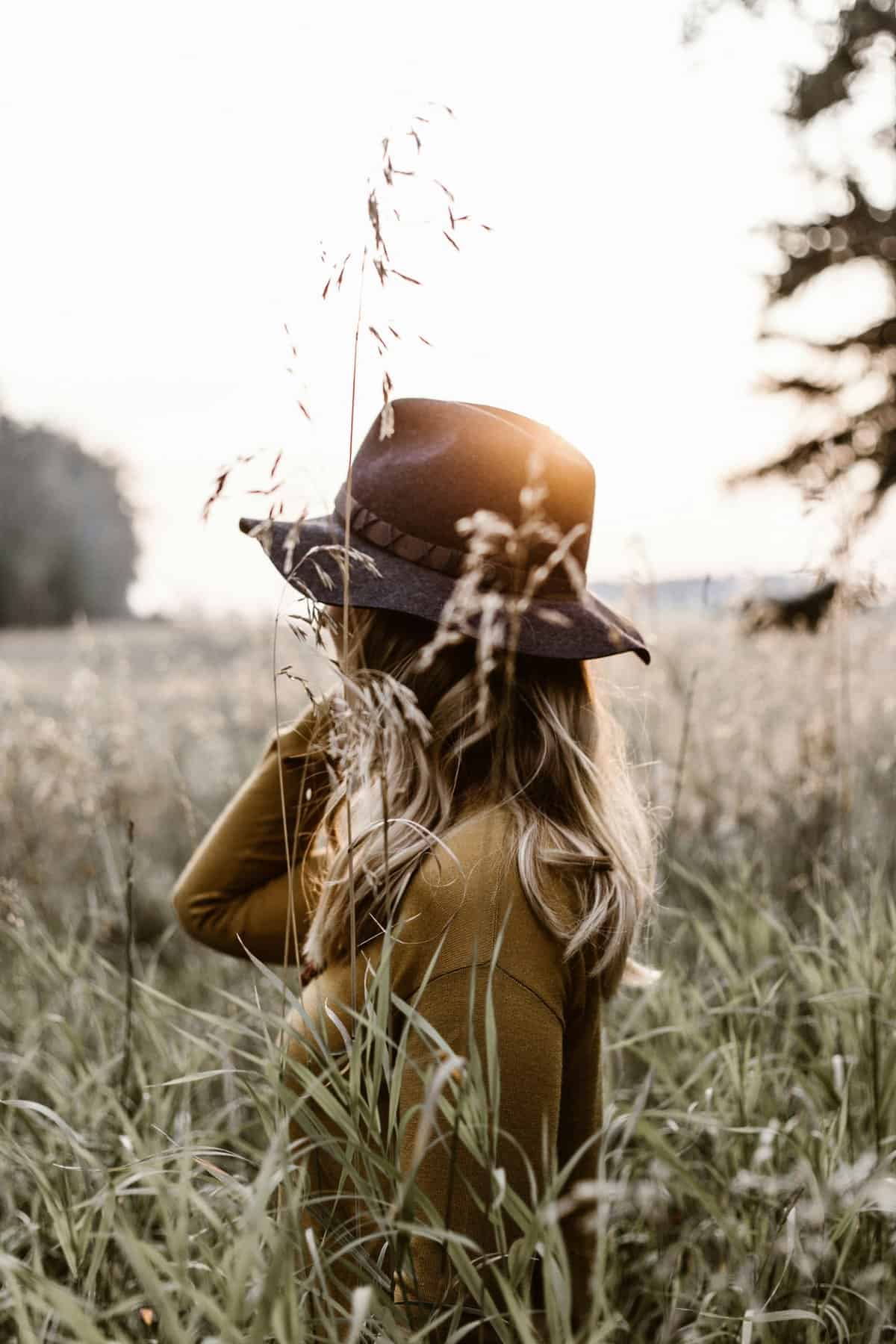Embrace November’s Color of the Month
November’s color of the month, Forest Veil, is an enchanting, dark green with an earthy allure. It evokes the mystery of dense pine forests, the depth of evergreen trees, and the calming embrace of nature’s hidden corners. As we transition fully into autumn, Forest Veil offers a grounding tone, bringing sophistication and tranquility to interiors. Let’s explore the inspiration behind this color, its trend momentum in 2024, a brief history of dark green in design, styling tips, and 10 curated color palettes to inspire your next design project.
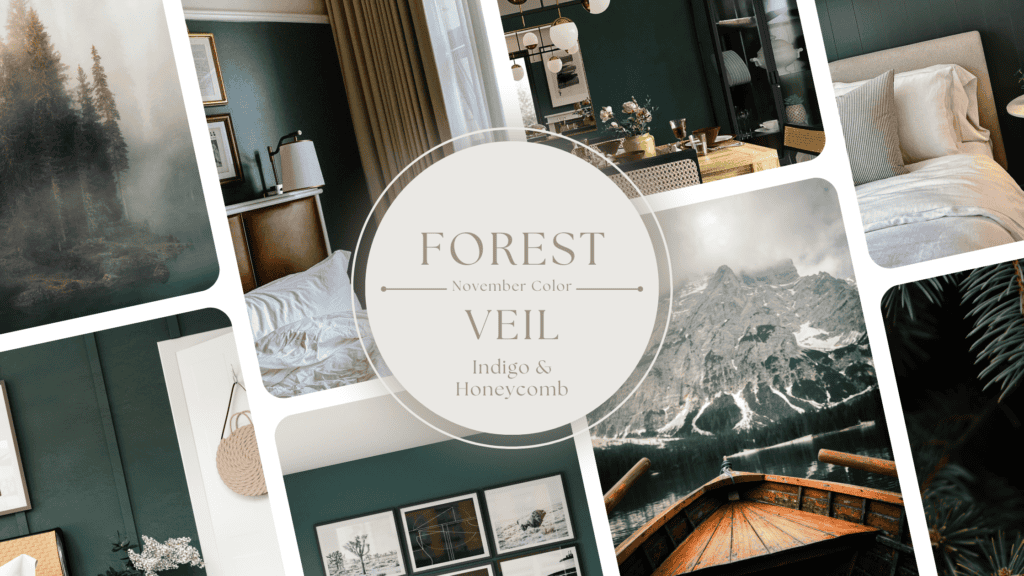
Inspiration Behind the Dark Green of Forest Veil
Forest Veil is more than just a color; it captures the essence of nature’s mystery, tranquility, and resilience. This rich pine green hue is inspired by the untouched landscapes found in deep, shadowed forests, where sunlight softly filters through a dense canopy, casting a delicate glow on moss-covered stones and winding paths. Forest Veil reflects the grounding power of the outdoors, bringing a sense of calm and connection into interior spaces.
The Sanctuary of Forest Veil
Imagine standing at the edge of a misty evergreen forest, surrounded by towering trees whose branches create a protective veil. The air is cool and filled with earthy aromas, the quiet occasionally broken by the rustle of leaves or the chirp of distant birds. This tranquil atmosphere is what Forest Veil embodies. Its deep, layered tones evoke the sense of stepping into a sanctuary—a space that encourages stillness, introspection, and a break from the hectic pace of modern life.
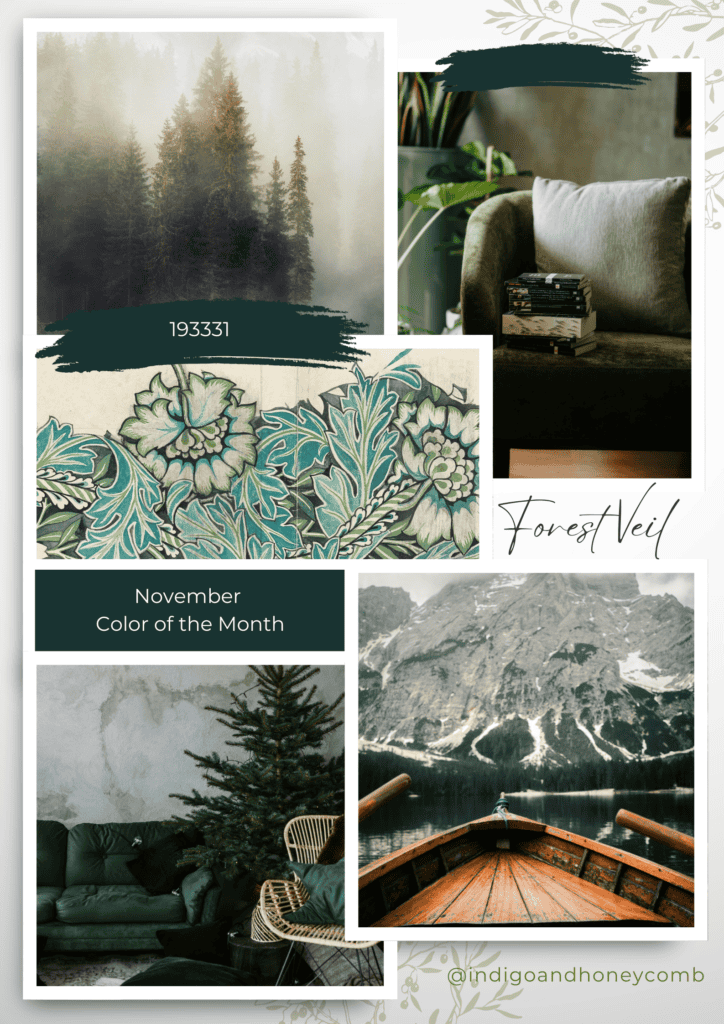
With growing interest in sustainability and a yearning for natural connection, designers are turning to colors like Forest Veil to bring a piece of the outdoors in. This hue creates an environment that feels grounded, peaceful, and balanced, helping people feel connected to the rhythms of nature even within their own homes. It’s particularly fitting for fall and winter, when shorter days invite us to retreat indoors and seek comfort in cozy, cocoon-like spaces.
November’s color of the month, Forest Veil, is an enchanting, dark green with an earthy pine allure. It evokes the mystery of dense forests, the depth of evergreen trees, and the calming embrace of nature’s hidden corners. As we transition fully into autumn, Forest Veil offers a grounding tone, bringing sophistication and tranquility to interiors. Let’s explore the inspiration behind this color, its trend momentum in 2024, a brief history of deep green in design, styling tips, and 10 curated color palettes to inspire your next design project.
Why Forest Veil is Trending in 2024
In 2024, the design world is leaning heavily toward natural, grounding colors, and Forest Veil is at the forefront of this movement. As people seek ways to create peaceful, restorative spaces, deep, nature-inspired colors like Forest Veil are offering an antidote to the fast-paced, digital world. This rich pine green embodies the qualities of balance, tranquility, and timeless elegance, making it especially relevant this year.
The Focus on Biophilic Design
One key reason behind Forest Veil’s popularity is the growing focus on biophilic design, which centers on bringing natural elements into interior spaces to foster well-being and a sense of calm. Deep greens, like Forest Veil, help fulfill this desire to stay connected to the outdoors, even when we’re inside. The color taps into our instinctual love for nature, often described as “biophilia,” allowing us to cultivate spaces that feel rejuvenating and grounded. This trend aligns with the broader cultural movement toward sustainability and environmental awareness, where nature-inspired hues not only create aesthetically pleasing spaces but also serve as a reminder of our connection to the earth.
In addition, Forest Veil resonates with the renewed appreciation for heritage and craftsmanship that’s dominating design trends in 2024. People are shifting away from disposable decor in favor of timeless pieces and materials that tell a story. Forest Veil, with its rich, grounded hue, feels classic and enduring, pairing beautifully with vintage furniture, artisanal decor, and natural materials like wood and stone. This color supports a sense of history and continuity, helping to create spaces that feel intentional and meaningful.
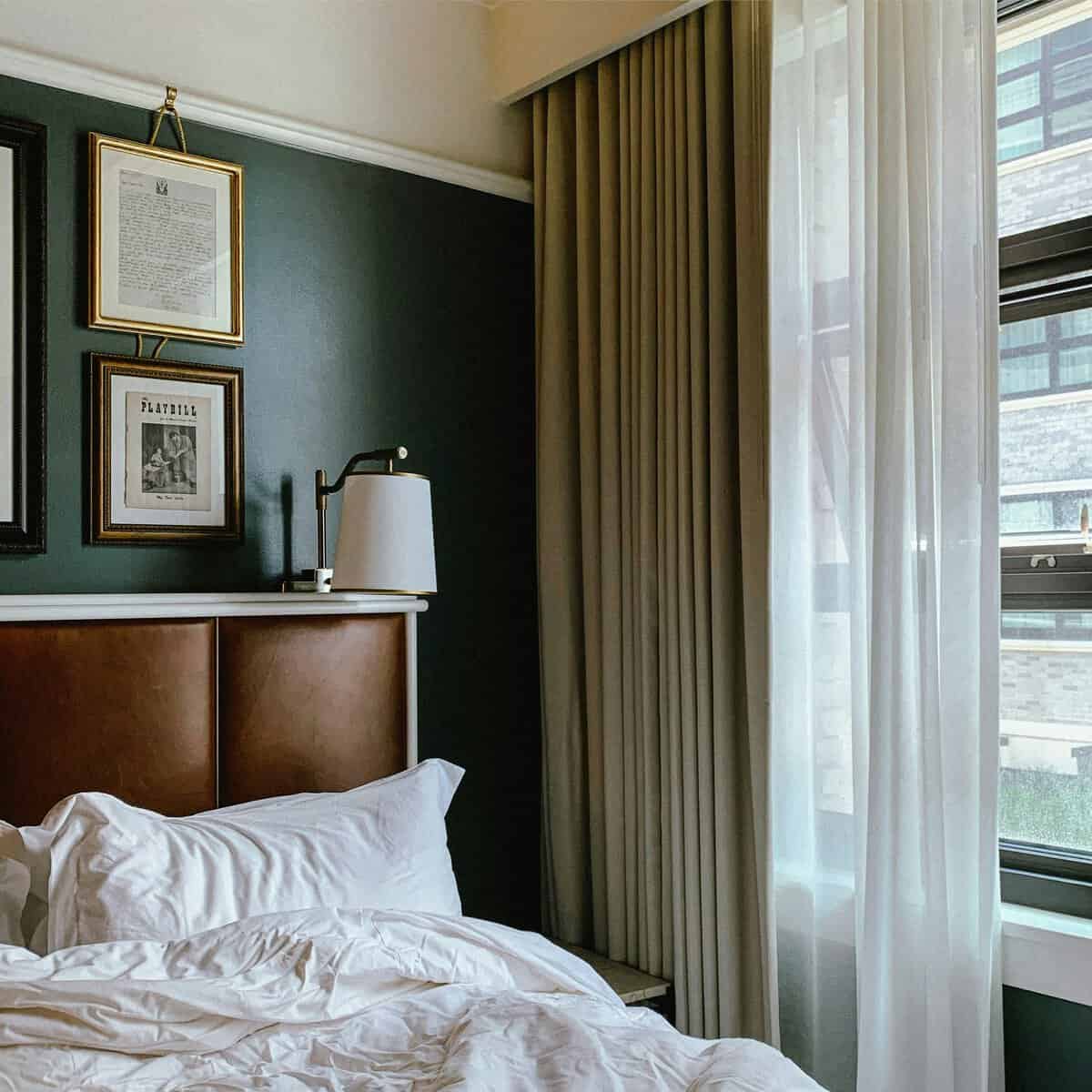
The psychology of color also plays a role in Forest Veil’s appeal. As a deep green, it has a naturally calming effect, making it ideal for spaces intended for relaxation, like bedrooms, reading nooks, or quiet home offices. In the post-pandemic era, the demand for serene, sanctuary-like homes has never been higher, and Forest Veil’s earthy tones meet this need perfectly. Its subtle, sophisticated shade brings depth to any room without overwhelming the senses, striking a balance between vibrancy and restraint.
The Adaptability of Dark Green
Lastly, the versatility of Forest Veil is driving its popularity in the design community. Unlike brighter greens, which may feel seasonal or bold, Forest Veil has an adaptability that works across various styles—whether it’s used as a dramatic accent color in a minimalist Scandinavian home or paired with opulent textures in a cozy, maximalist space. This adaptability makes Forest Veil a favorite among designers looking to create spaces that feel luxurious and lived-in, without feeling overly formal.
In 2024, Forest Veil embodies both aesthetic and lifestyle trends: a yearning for nature, a respect for heritage, and a desire for spaces that nourish the soul. This color doesn’t just transform rooms; it enhances our experience of them, reminding us of the beauty and grounding power of the natural world.
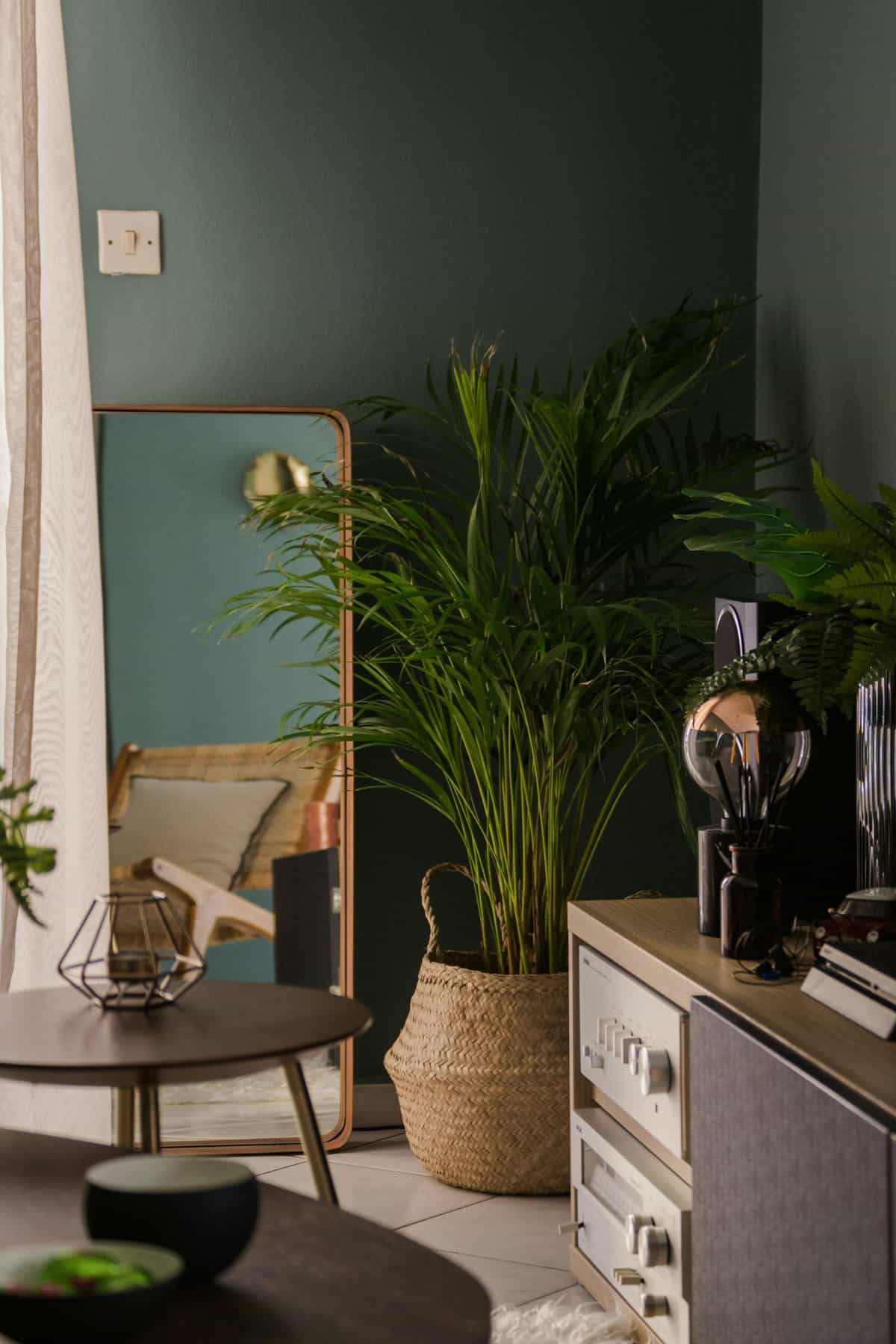
A Brief History of Dark Green in Design
Deep green has a storied history in design, evolving from a symbol of luxury and sophistication to a cherished element of contemporary interiors that emphasizes connection to nature and well-being. Historically, deep green has been celebrated for its richness and its connection to the natural world, as well as for its association with wealth and power.
Dark Green During the Victorian Era
In the Victorian era, deep greens became synonymous with grandeur and opulence. This was partly due to the invention of synthetic dyes that allowed for more vivid, saturated colors, including emerald and deep pine greens. These greens adorned the walls of stately homes and parlors, often paired with dark wood furnishings and velvet textures. The Victorian affinity for dark, moody interiors transformed deep green into a color that symbolized sophistication and taste, as well as the romance and mystery of the era’s Gothic influences.
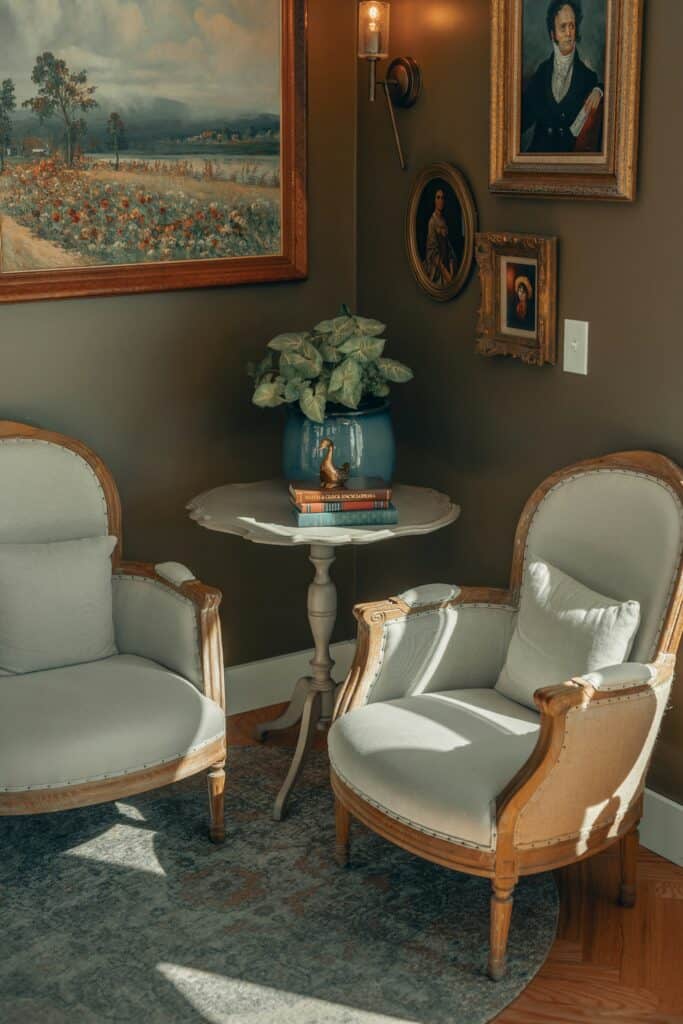
Dark Green Through the 20th Century
In the early 20th century, especially during the Art Deco movement, deep green continued to be a prominent choice, often paired with luxurious metallics like gold and brass. This combination brought about a striking contrast, creating an atmosphere of glamour and elegance in interiors, jewelry, and fashion. Emerald and jade greens were highly prized in the Art Deco palette, symbolizing exoticism, wealth, and the allure of high society. Deep green, with its intense and mysterious allure, provided a sense of decadence, transforming spaces into richly layered, jewel-toned environments.
The mid-20th century saw a shift toward lighter, more vibrant greens, but deep green still held its place in more refined and mature spaces. By the 1970s, however, there was a resurgence of earthy colors, including shades of pine and olive green, inspired by the environmental movement and a growing interest in natural and organic aesthetics. The cultural push towards environmental awareness brought deep green back into popularity as a symbol of nature and eco-conscious living. During this time, deep green often appeared in bohemian interiors alongside natural materials, such as wood and rattan, or as accents in textiles and decor.
Dark Green in the Contemporary Era
In the contemporary era, particularly in the past decade, dark green has experienced a renaissance as designers and homeowners alike embrace nature-inspired colors. This return is fueled by the rise of biophilic design and the desire to bring elements of the natural world indoors. As people spend more time at home, dark green hues are being used to create calming, restorative spaces that evoke the serenity of forests and nature. Today, shades like Forest Veil are celebrated for their versatility, working seamlessly with both modern and traditional design styles. The deep, grounding hue is often paired with other earthy tones like clay, sand, and ochre to create balanced, timeless spaces.
Throughout history, dark green has transformed from a color of wealth and exclusivity to one of sustainability and well-being. It has maintained its sense of elegance while adapting to different design styles and cultural movements. Today, it remains an enduring favorite, symbolizing not only beauty and sophistication but also a deeper connection to nature and a balanced lifestyle.
Best Design Styles for Dark Green and Forest Veil
Forest Veil, with its rich, grounding hue, has the flexibility to blend seamlessly into a variety of design styles. Whether it’s used as a bold accent wall or in smaller decor elements, this deep pine green adds sophistication, tranquility, and a natural touch to interiors. Here are some of the best design styles to incorporate Forest Veil into your space:
Mid-Century Modern
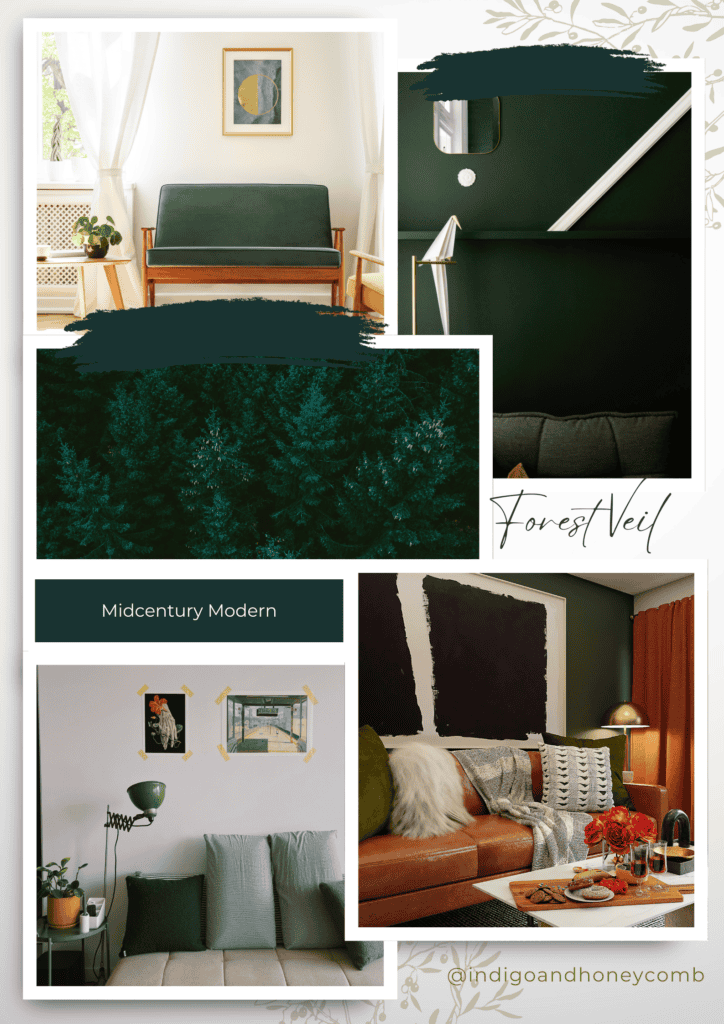
In mid-century modern interiors, Forest Veil can be used to create a sense of drama without overshadowing the clean, simple lines that define this style. This deep green pairs beautifully with the warm, natural wood tones typical of mid-century design, such as walnut or teak. Use it on an accent wall to create a focal point, or bring it in through statement furniture pieces like armchairs or sofas. Forest Veil also enhances classic mid-century colors like mustard yellow, burnt orange, and warm neutrals, creating a harmonious palette that feels both retro and timeless.
Scandinavian
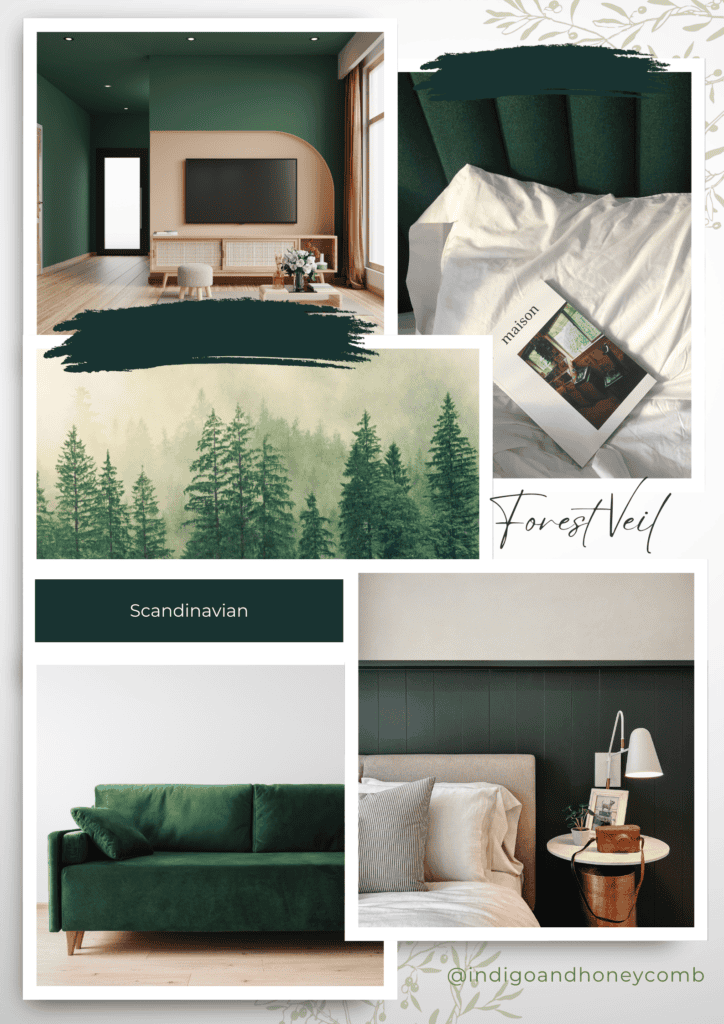
Forest Veil is a beautiful complement to Scandinavian design, which is known for its minimalist approach and emphasis on light, airy spaces. This dark green provides an earthy contrast to the crisp whites, light woods, and soft grays commonly found in Scandinavian interiors. Use it in small doses, like on cabinetry or in cozy textiles, to add depth while preserving the serene atmosphere of a Scandinavian space. A Forest Veil accent wall in a bedroom, paired with white bedding and light oak furniture, creates a calm, cozy retreat that still feels bright and open.
Bohemian
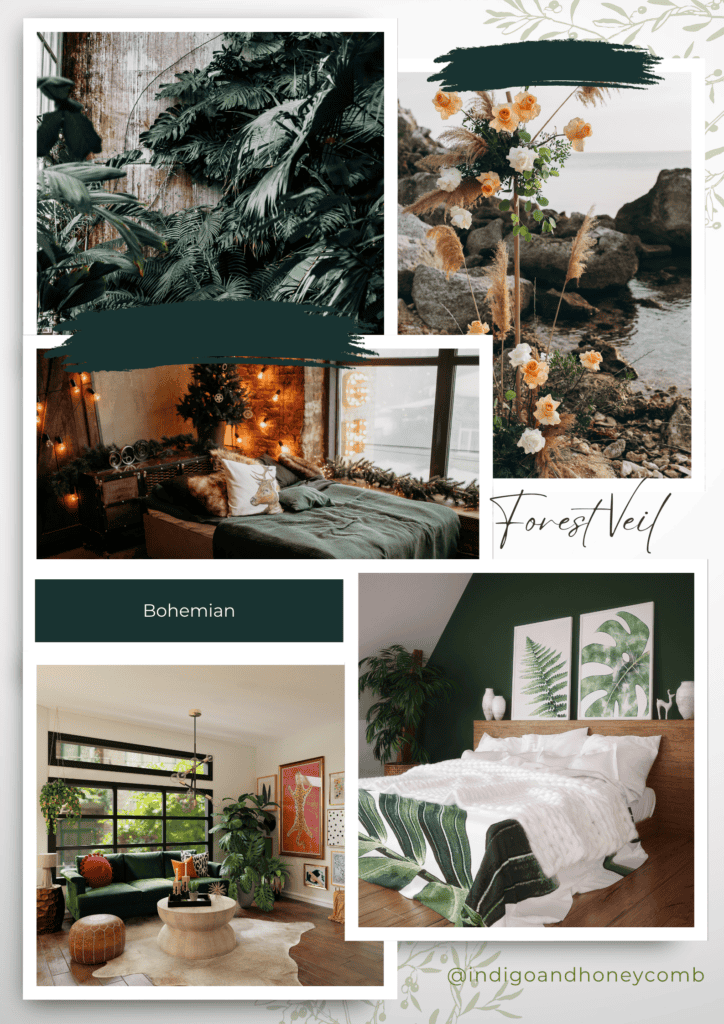
In bohemian design, Forest Veil adds a layer of richness and helps ground the eclectic mix of colors, textures, and patterns that define this style. It pairs well with vibrant jewel tones, like burgundy, mustard, and teal, while also complementing natural materials like rattan, woven baskets, and warm-toned wood. Use Forest Veil as a backdrop to enhance the bohemian aesthetic—an accent wall in this color provides the perfect setting for layered textiles, hanging plants, and vintage decor. Small accents, like a dark green throw or patterned pillow, also work well to bring in a hint of Forest Veil’s earthy charm.
Farmhouse
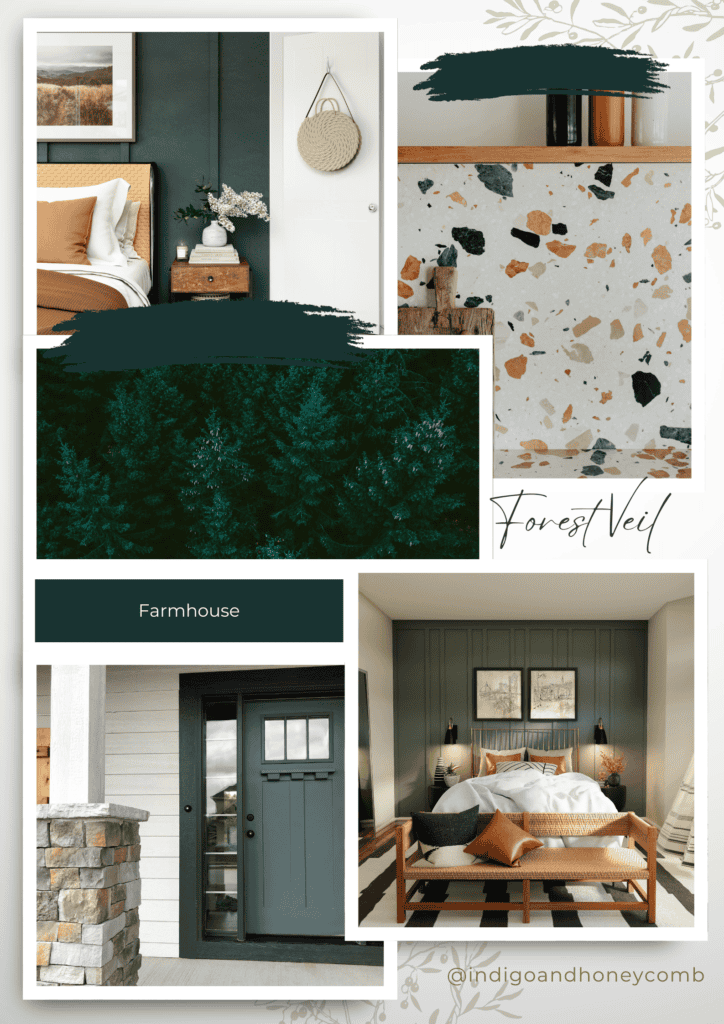
Forest Veil’s earthy quality makes it a natural fit for farmhouse-style interiors. This design style often incorporates rustic elements, such as reclaimed wood, shiplap walls, and vintage accents, and Forest Veil blends in seamlessly with this cozy, nostalgic aesthetic. Use it on painted furniture pieces, such as a kitchen island or a distressed dresser, to add color without overpowering the space. Forest Veil also works beautifully as a cabinet color in farmhouse kitchens, paired with brass hardware and open shelving to create a look that feels both fresh and classic. It’s the ideal shade to bring warmth and depth to farmhouse interiors, adding character to spaces that prioritize comfort and simplicity.
Contemporary
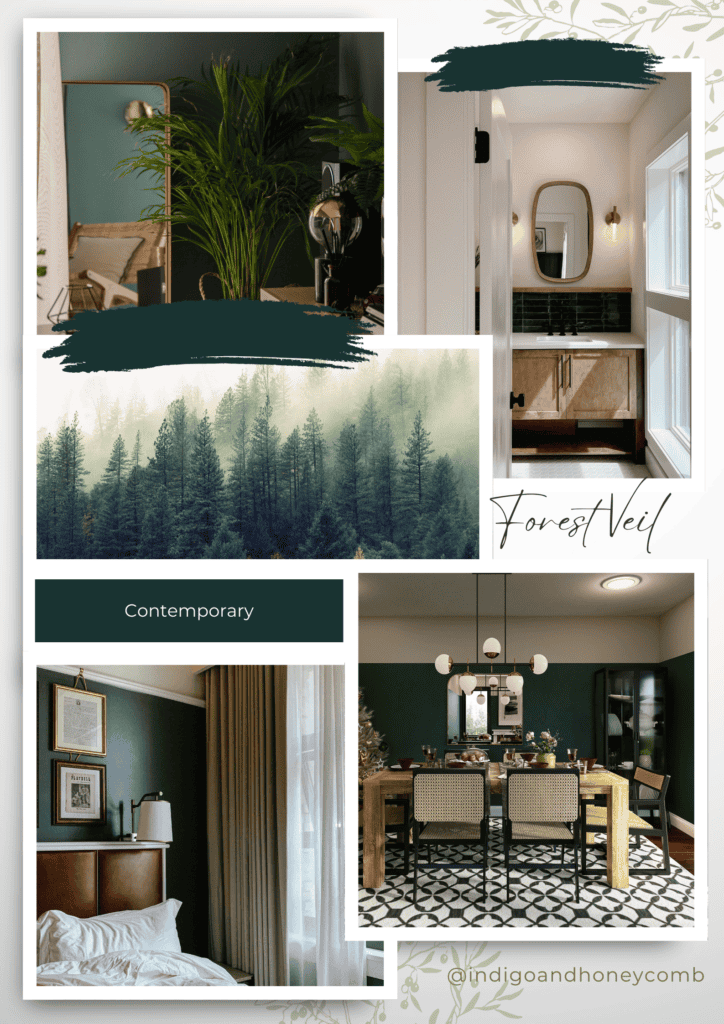
Forest Veil’s understated sophistication fits perfectly within contemporary design, which favors clean lines, neutral palettes, and minimalist decor. When used sparingly, Forest Veil can add a luxurious touch to contemporary spaces without disrupting their modern simplicity. Consider using it in matte finishes for a refined, elegant effect—an accent wall in a living room, or a velvet sofa in Forest Veil, can add just the right amount of color. This dark green also pairs well with modern metals, like black, chrome, or brushed brass, creating a sleek and polished look. In contemporary spaces, Forest Veil’s versatility shines, whether it’s adding a touch of warmth to a minimalist space or bringing a hint of color to a neutral room.
Traditional
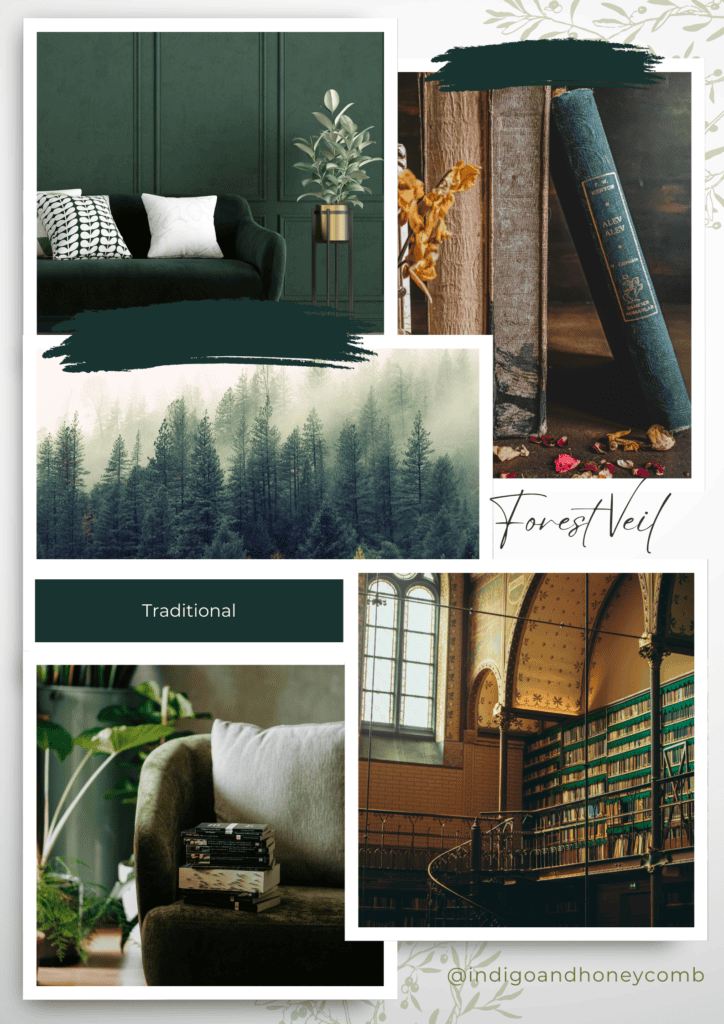
Forest Veil’s timeless appeal makes it a great choice for traditional interiors, where classic colors and rich textures often take center stage. It complements the deep wood tones and opulent fabrics associated with traditional decor, adding a touch of elegance without feeling too heavy. Consider using Forest Veil in traditional spaces with dark-stained wood furniture, leather upholstery, and antique accents. A Forest Veil wall can elevate a study or library, especially when combined with dark mahogany shelves and brass accents, for a look that feels refined and scholarly. This color also works well on drapery, creating a rich, layered look that emphasizes the elegance of traditional design.
Dark Green Color Palettes Featuring Forest Veil
Forest Veil’s deep, earthy green makes it an incredibly versatile shade that can anchor a variety of color palettes, from moody and dramatic to soft and serene. Here are ten inspiring color palettes that pair Forest Veil with complementary tones to suit different moods, seasons, and design styles. Whether you’re looking to create a cozy, autumnal retreat or a fresh, nature-inspired sanctuary, these palettes provide a perfect starting point for bringing Forest Veil into your space.
1. Warm Autumn Retreat
Colors: Forest Veil, Burnt Sienna, Golden Ochre, Creamy Beige
This palette is inspired by autumnal tones that bring warmth and comfort into a space. Forest Veil serves as a rich backdrop, with Burnt Sienna and Golden Ochre adding warmth reminiscent of fallen leaves. Creamy Beige softens the look and prevents it from feeling too dark. This palette is perfect for living rooms or bedrooms where you want to create a cozy, inviting atmosphere that celebrates the colors of fall.
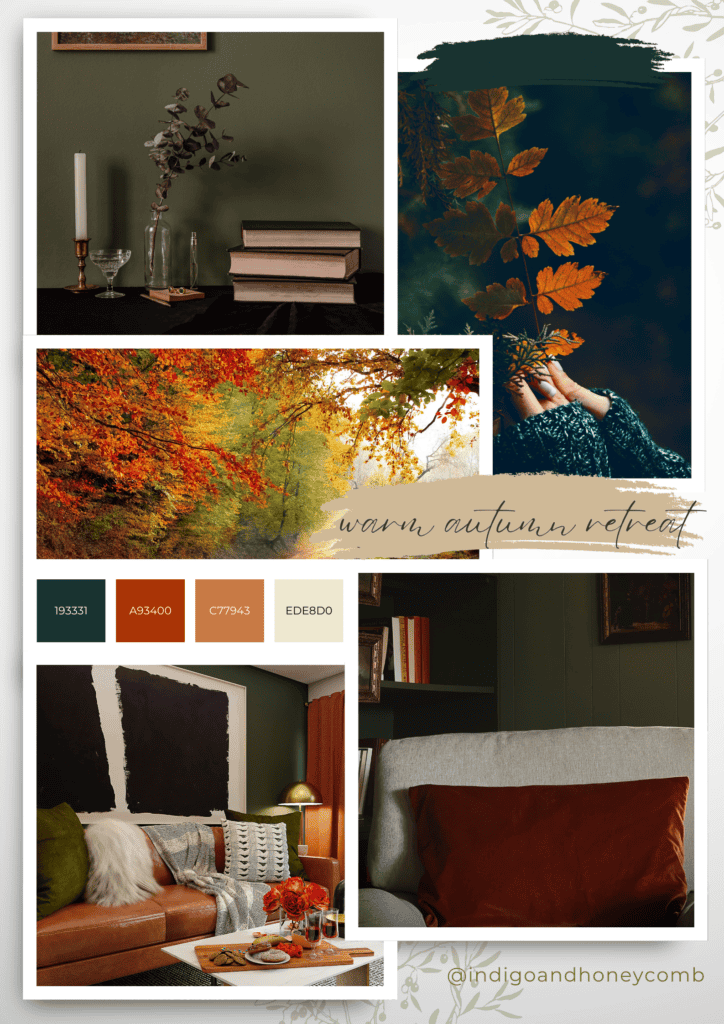
2. Misty Woodland
Colors: Forest Veil, Soft Slate Gray, Misty Blue, Off-White
This palette captures the peaceful ambiance of a mist-covered forest. Forest Veil anchors the palette, while Soft Slate Gray and Misty Blue add a cool, calming effect. Off-White provides a light, airy balance, making this a great choice for minimalist or Scandinavian-inspired interiors. It’s especially fitting for a serene bedroom or a reading nook where you want to evoke tranquility and relaxation.
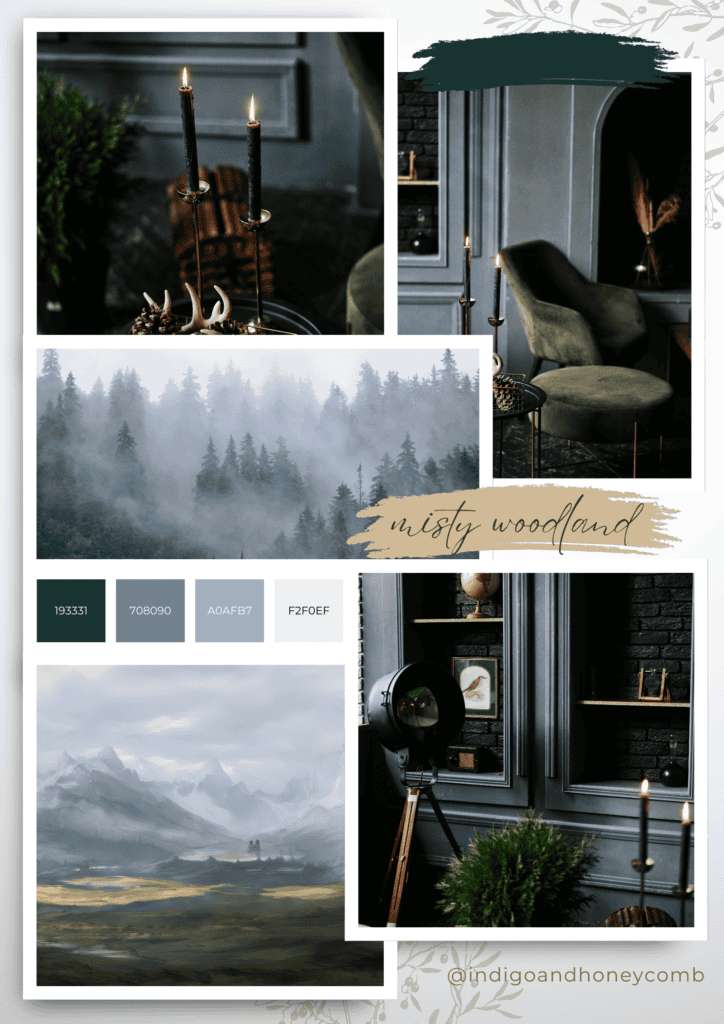
3. Earthy Bohemian
Colors: Forest Veil, Rust, Mustard Yellow, Terracotta
For a bold and eclectic vibe, this palette combines Forest Veil with warm, earthy tones like Rust, Mustard Yellow, and Terracotta. The contrast of deep green with vibrant Rust and Mustard creates a bohemian, free-spirited feel, ideal for spaces filled with plants, vintage decor, and layered textiles. Use this palette in a living room or dining area to infuse warmth, personality, and a touch of exotic flair.
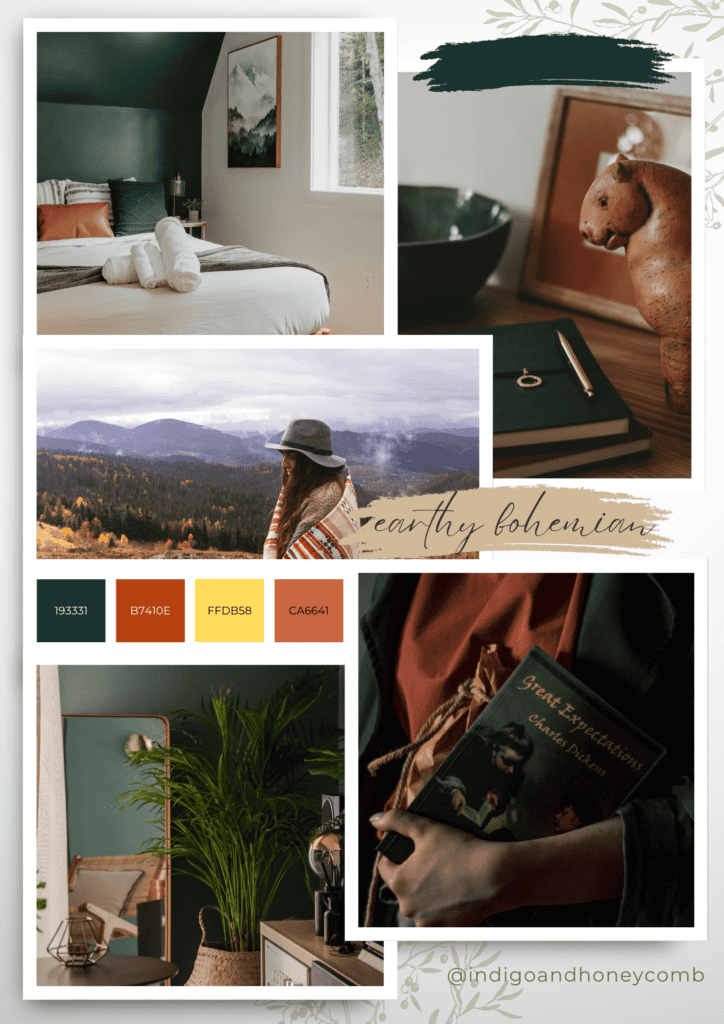
4. Enchanted Evening
Colors: Forest Veil, Midnight Blue, Soft Plum, Antique Gold
This moody, dramatic palette brings a sense of luxury and mystique to a space. Forest Veil and Midnight Blue set a dark, sophisticated tone, while Soft Plum and Antique Gold add richness and warmth. This palette is perfect for a formal dining room or a cozy study, where you want to create an intimate, opulent atmosphere. The deep colors and gold accents bring an almost regal quality to the room, ideal for evening entertaining.
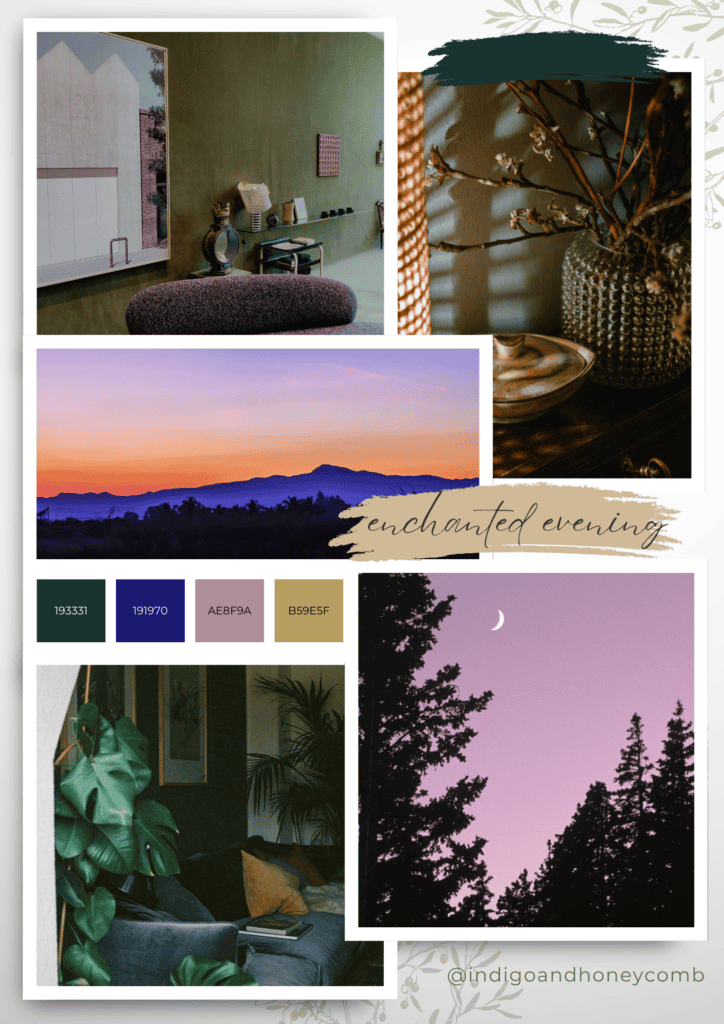
5. Nature’s Sanctuary
Colors: Forest Veil, Sage Green, Warm Beige, Stone Gray
If you’re aiming for a soothing, nature-inspired palette, this combination of greens and neutrals brings a touch of the outdoors into your home. Sage Green and Warm Beige create a gentle contrast with Forest Veil, while Stone Gray provides a grounding element. This palette is versatile for any room, particularly bathrooms or bedrooms where a spa-like, restorative ambiance is desired. Add natural materials like wood and stone to complete the serene look.
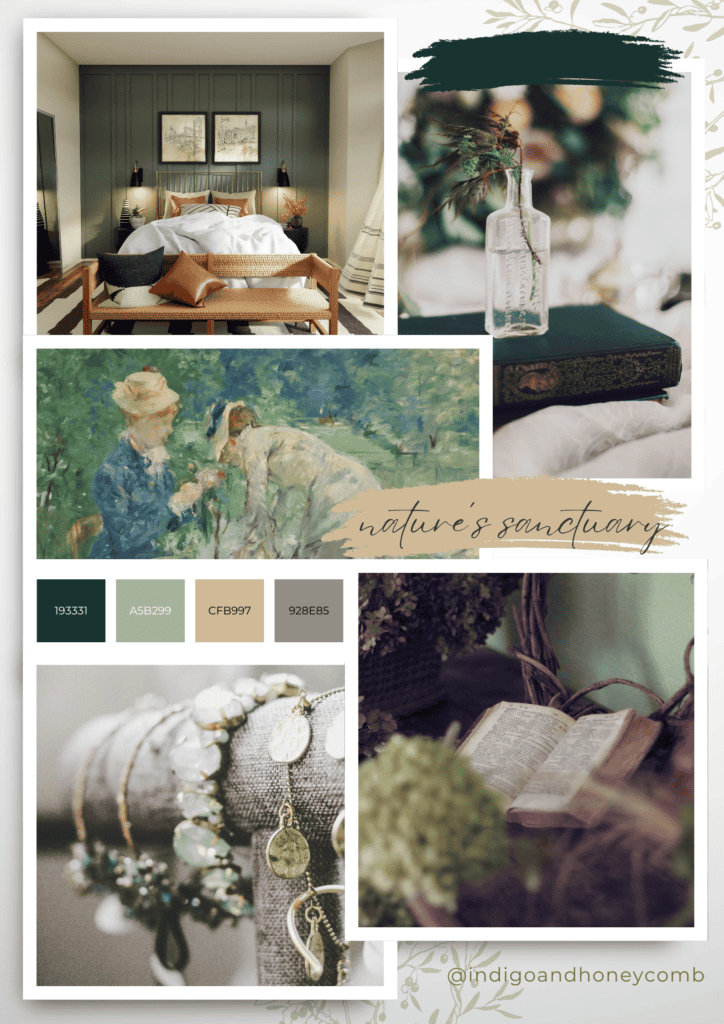
6. Desert Oasis
Colors: Forest Veil, Dusty Rose, Warm Sand, Light Terracotta
Inspired by the colors of the desert at dusk, this palette blends earthy warmth with a pop of rosy hue. Forest Veil serves as a lush contrast to Dusty Rose, while Warm Sand and Light Terracotta add a sun-kissed, soft glow. Use this palette in living spaces or entryways to evoke a warm, welcoming vibe with a touch of romance. It’s perfect for spaces that want a grounded, earthy aesthetic with a hint of color.
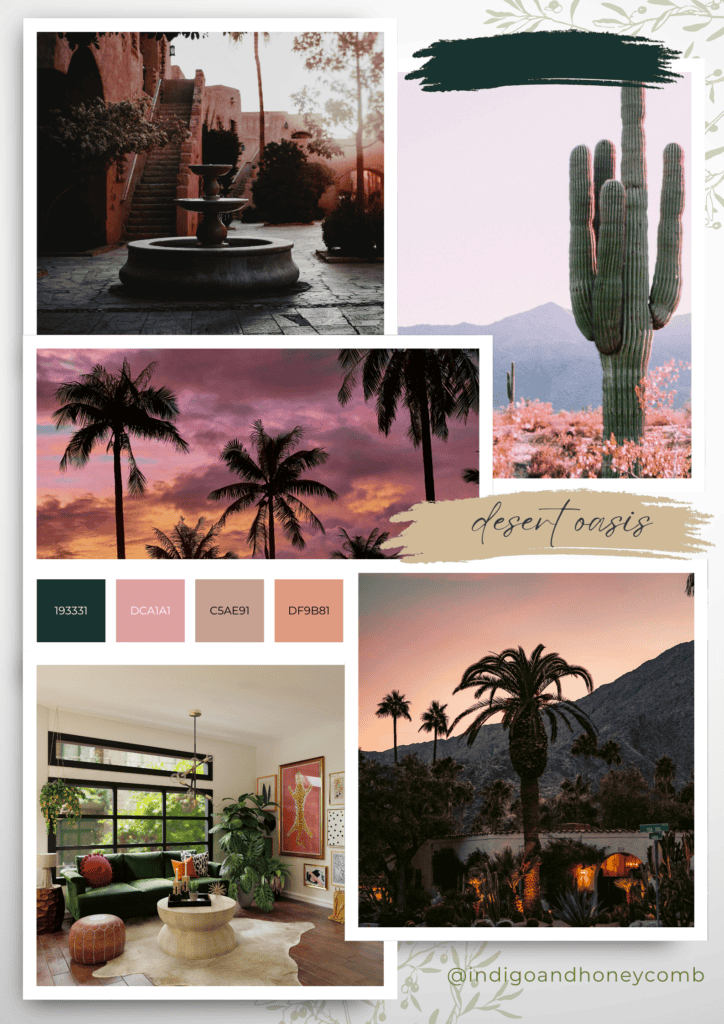
7. Modern Monochrome
Colors: Forest Veil, Charcoal Gray, Soft Black, Pale Gray
For a modern, minimalist look, this monochromatic palette uses varying tones of green and gray to create depth and sophistication. Forest Veil is paired with Charcoal Gray and Soft Black, with Pale Gray serving as a light, balancing element. This palette is ideal for contemporary spaces, especially open-plan living areas, kitchens, or bathrooms, where sleek, understated design is the goal. The monochrome scheme keeps the look refined and chic.
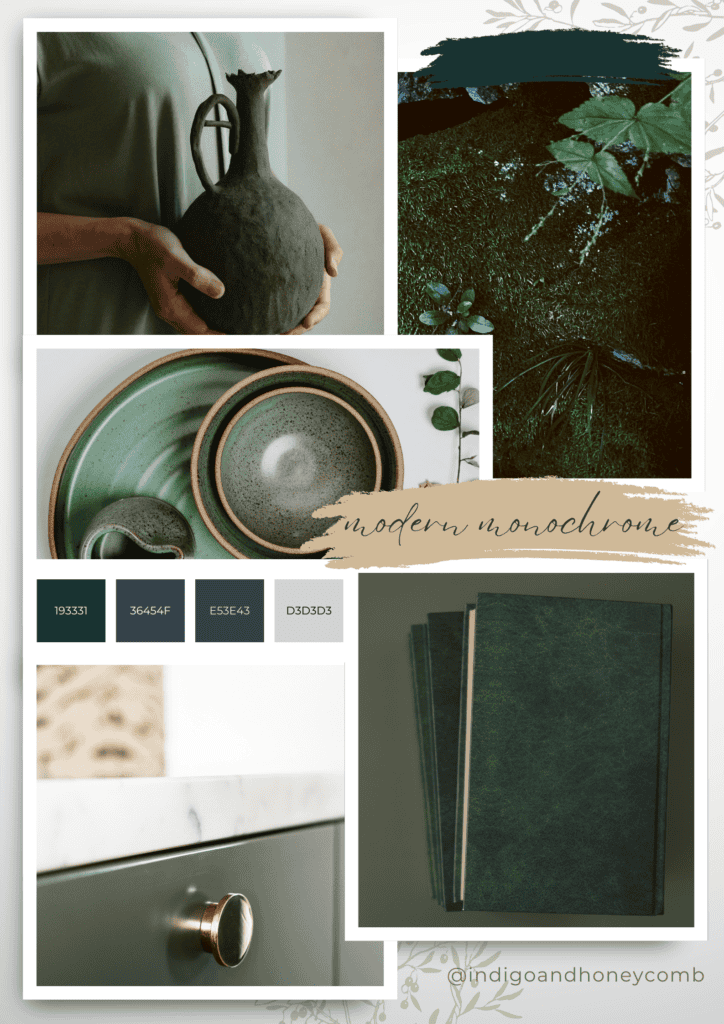
8. Winter’s Embrace
Colors: Forest Veil, Snow White, Icy Blue, Silver
This cool-toned palette captures the quiet beauty of a winter landscape. Forest Veil is the grounding element, complemented by Snow White and Icy Blue for a crisp, fresh feel, while Silver adds a hint of frosty shine. This palette works well in bedrooms or bathrooms to create a clean, calming winter retreat. The cool tones make it feel refreshing and serene, ideal for spaces where you want to promote relaxation and quietude.
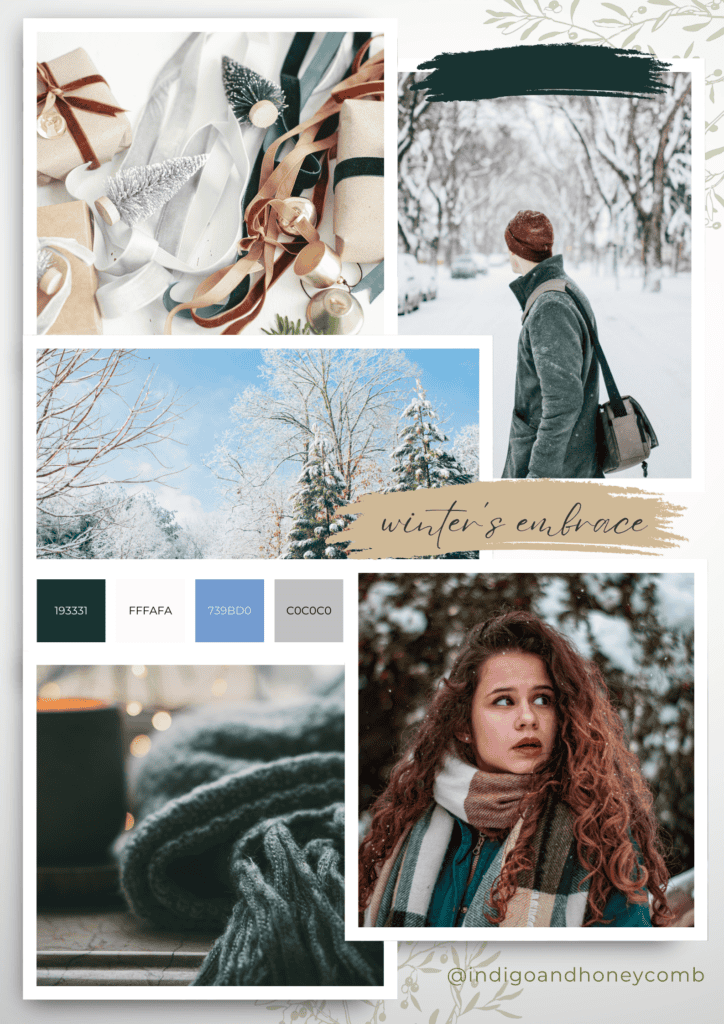
9. Classic Heritage
Colors: Forest Veil, Burgundy, Deep Navy, Warm Ivory
Inspired by the timeless elegance of traditional design, this palette combines Forest Veil with deep, rich tones like Burgundy and Deep Navy, balanced by Warm Ivory. This color scheme exudes sophistication and works well in formal dining rooms, libraries, or entryways. The bold colors bring a sense of history and depth, while Warm Ivory softens the palette, creating a space that feels both classic and welcoming.
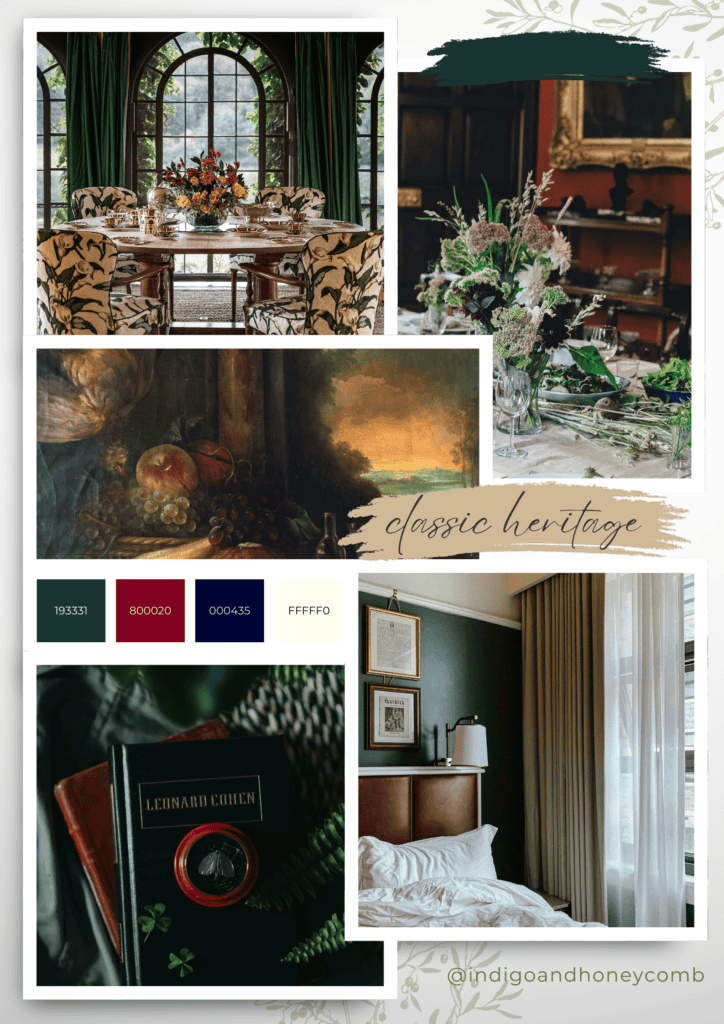
10. Botanical Bliss
Colors: Forest Veil, Olive Green, Soft Peach, Cream
This nature-inspired palette is perfect for creating a fresh, airy feel with a hint of warmth. Forest Veil and Olive Green provide lush, grounding tones, while Soft Peach adds a subtle pop of color. Cream rounds out the palette with softness, making it ideal for kitchens, sunrooms, or casual living spaces. This palette highlights Forest Veil’s versatility and its ability to blend beautifully with other green tones, creating a relaxed and harmonious environment.
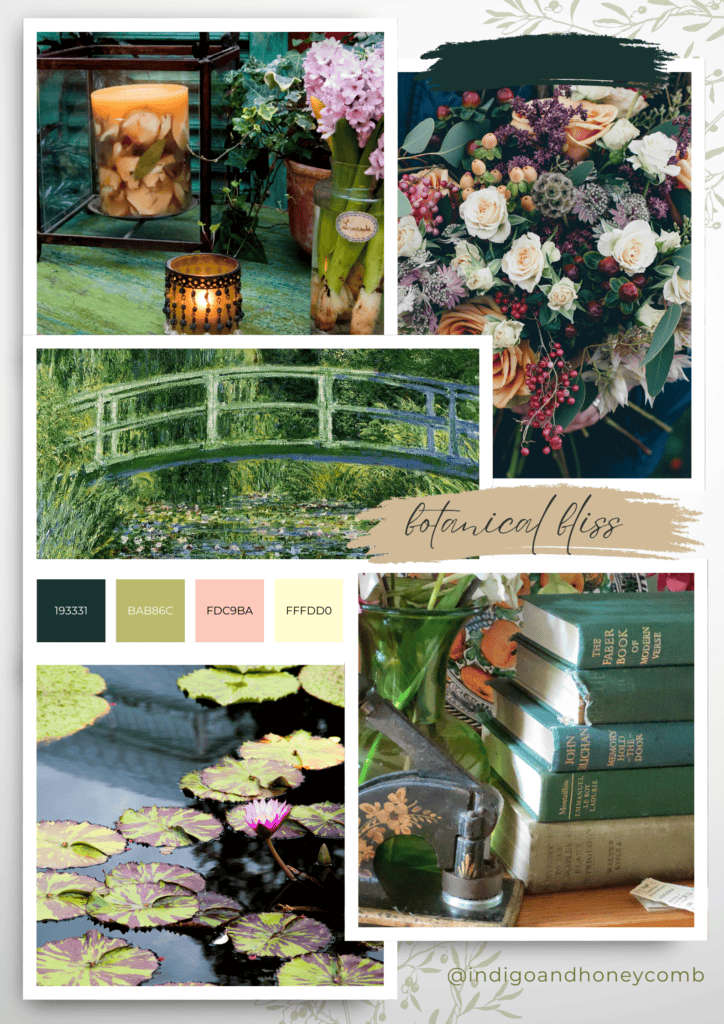
Dark Green for November
With its luxurious depth and natural beauty, Forest Veil is an ideal choice for any design lover looking to bring a touch of nature’s elegance indoors. Whether you’re going bold with a feature wall or adding small accents, this timeless pine green promises to bring warmth, richness, and a touch of enchantment to your November spaces.

